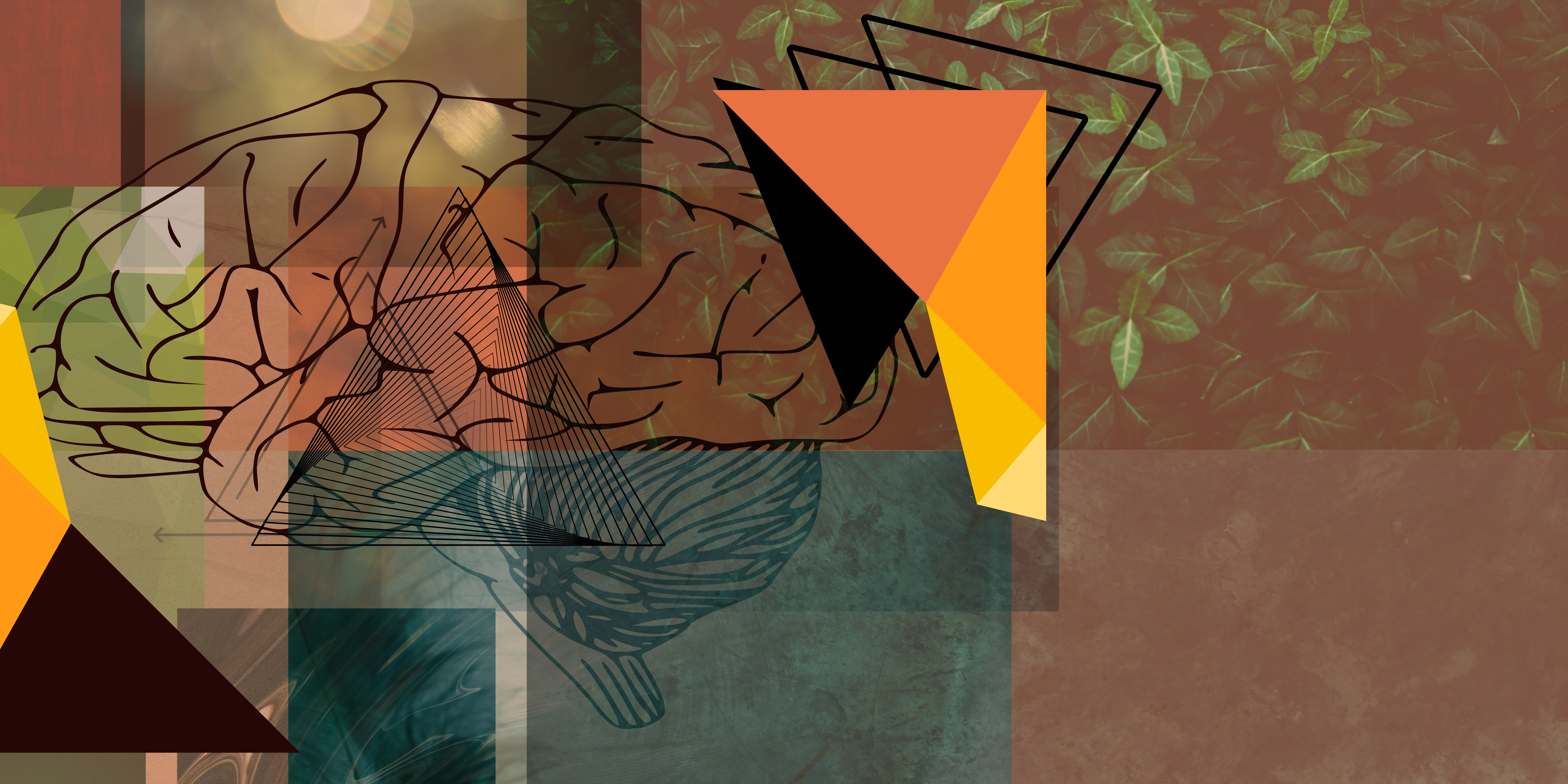In the current digital sphere, communication has diversified. No longer does one have to speak to each other directly. While this has greatly increased the convenience of communication, it has also increased the convenience for pathological lying. Yes, this did just escalate quickly. Pathological lying is a pattern of behavior of distorting or hiding information […]










